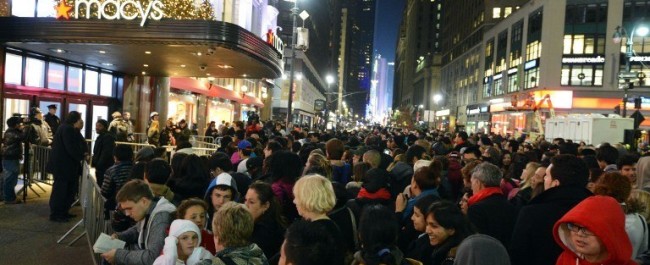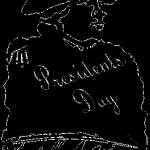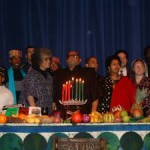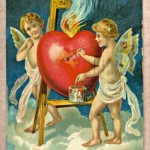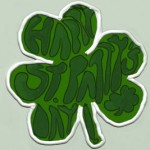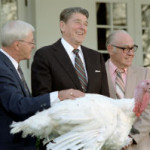Black Friday History And Activities
For millions of people, Black Friday is that one time of the year to embark on some serious Christmas shopping even  before the Thanksgiving leftovers are gone. Black Friday is the Friday after Thanksgiving Thursday when millions of turkey-stuffed shoppers throng into stores to take advantage of what is traditionally considered as the start of the Christmas shopping season.
before the Thanksgiving leftovers are gone. Black Friday is the Friday after Thanksgiving Thursday when millions of turkey-stuffed shoppers throng into stores to take advantage of what is traditionally considered as the start of the Christmas shopping season.
Big Season Changer
It is one of the biggest shopping days of the year, and it falls anywhere between November 23 and 29. While it may not be considered as an official holiday, many employees usually have the day off excluding those working in retail stores.
To many, the name may seem fitting for the day, however, have you ever wondered why the day is called Black Friday. Well, given the changing times, the origin of Black Friday has somewhat become obscured with different people having different explanations as to how the term came to be. Come to think of it, you probably have a different explanation altogether, right? Here’s a brief history of Black Friday.
Different Versions Behind Black Friday
According to useconomy.about.com , the term got a boost way back in 1924 when Macy’s Department Store
launched its first Thanksgiving Day Parade in a bid to celebrate its success.
- Employees would call in sick in 1951 the day after Thanksgiving giving themselves four consecutive days off. Obviously, lack of employees meant a pretty challenging day at work to employers who coined the term Black Friday. Moreover, these employees used this opportunity to get a head start on their holiday shopping provided their employers didn’t see them.
- The most common story behind Black Friday links it to retailers who back in the 1960s moved from ‘red’ to
 ‘black’ at a time when accounting records would be kept by hand using red ink to indicate a loss and black ink to indicate a profit. This was because holiday shoppers would use a lot of money on the day after Thanksgiving on discounted products. As much as retailers recorded losses and profits in red and black, this is perhaps an inaccurate version of the origin of Black Friday.
‘black’ at a time when accounting records would be kept by hand using red ink to indicate a loss and black ink to indicate a profit. This was because holiday shoppers would use a lot of money on the day after Thanksgiving on discounted products. As much as retailers recorded losses and profits in red and black, this is perhaps an inaccurate version of the origin of Black Friday.
The True Story of Black Friday
Contrary to popular beliefs of retail stores moving from ‘red’ to ‘black’, the term ‘Black Friday’ became popular in the 1960s when media reports revealed that Philadelphia Police Officers used the Term ‘Black Friday’ to refer to the alarmingly wild traffic jams and crowded streets around downtown stores.
In a November 1994 article, traffic cop block traffic a reporter recalls how the term ‘Black Friday’ came to be at a time when the Philadelphia Police Department referred the Friday after Thanksgiving as Black with traffic.
The officers had to deal with the mayhem caused by the increasing number of pedestrians who congested streets as well as clogged vehicles full of shoppers headed to downtown stores.
Given the negative connotations associated with the term, ‘black’ downtown merchants tried effortlessly to change the name of the post-thanksgiving shopping day to ‘big Friday’ but their efforts were unsuccessful.
Why Black Friday Became So Popular
With the failed effort of retailers to make the name sound positive, they chose to compensate and rather than ‘beat ’em’ they decided to ‘join ’em.’ Retailers now realized that they could draw in big crowds of shoppers by discounting prices; this made Black Friday the day to shop for the Christmas holiday .
To date, Black Friday has become so popular that retail stores now open as early as midnight to get the most of the hours. Moreover, the day has spawned other ‘retail holidays’ as Cyber Monday.

